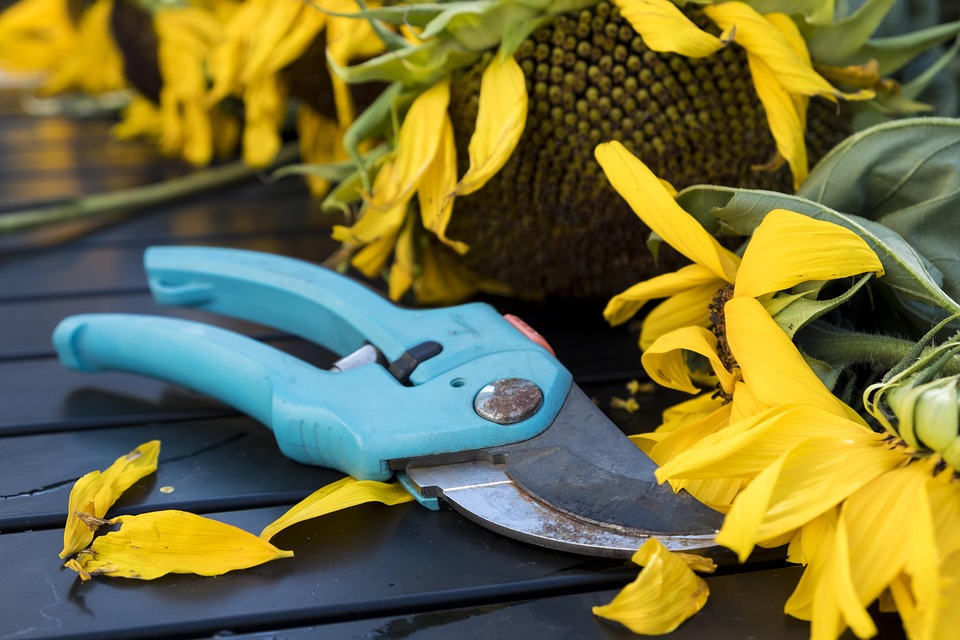Shield Your Hands: The Ultimate Guide to Choosing and Using Garden Gloves
When it comes to gardening, one of the most essential tools you can have is a good pair of garden gloves. Not only do they protect your hands from thorns, cuts, and blisters, but they also provide added grip and insulation for those chilly days in the garden. With so many options available on the market, it can be overwhelming to choose the right pair for your needs. In this comprehensive guide, we will walk you through everything you need to know about choosing and using garden gloves.
Why Do You Need Garden Gloves?
Before we dive into the specifics of choosing garden gloves, let’s first discuss why they are so important. Gardening can be a messy job, and your hands are often exposed to sharp objects, rough surfaces, and potentially harmful chemicals. Without proper protection, you run the risk of injuring yourself and exposing your skin to irritants and allergens. Garden gloves act as a barrier between your hands and the elements, keeping them safe and comfortable throughout your gardening tasks.
Types of Garden Gloves
There are several types of garden gloves available, each designed for specific tasks and preferences. Some common types include:
1. Leather Gloves
Leather gloves are durable and provide excellent protection against thorns and sharp objects. They are also breathable and offer good dexterity, making them ideal for pruning and handling rough materials.
2. Nitrile Coated Gloves
Nitrile coated gloves are flexible, waterproof, and offer good grip. They are perfect for tasks that require precision and handling wet or slippery objects.
3. Rubber Gloves
Rubber gloves are waterproof and provide protection against chemicals and abrasions. They are ideal for tasks that involve handling fertilizers, pesticides, and other potentially harmful substances.
4. Cotton Gloves
Cotton gloves are lightweight and breathable, making them perfect for light gardening tasks such as planting and weeding. They offer minimal protection against thorns and sharp objects but are comfortable to wear for extended periods.
Factors to Consider When Choosing Garden Gloves
When choosing garden gloves, there are several factors to consider to ensure you get the right pair for your needs:
1. Material
Consider the type of material that best suits your gardening tasks. Leather gloves are ideal for heavy-duty tasks, while cotton gloves are better suited for light work.
2. Fit
Choose gloves that fit snugly but allow for movement and flexibility. Avoid gloves that are too tight or too loose, as they can cause discomfort and hinder your dexterity.
3. Grip
Look for gloves with textured palms or fingers for added grip. This will help prevent tools from slipping out of your hands and improve your overall control and precision.
4. Durability
Invest in gloves that are durable and long-lasting. Check for reinforced seams, double stitching, and quality materials to ensure your gloves can withstand the rigors of gardening.
How to Properly Use Garden Gloves
Once you have chosen the right pair of garden gloves, it’s important to use them properly to maximize their effectiveness and lifespan:
1. Clean and Dry Hands
Before putting on your gloves, make sure your hands are clean and dry. This will prevent dirt and moisture from getting trapped inside the gloves and causing discomfort.
2. Proper Fit
Ensure your gloves fit properly and are comfortable to wear. Adjust the wrist closure to secure the gloves in place and prevent debris from entering.
3. Use for Intended Tasks
Use your gloves for their intended tasks to prevent unnecessary wear and tear. Avoid using leather gloves for wet tasks or cotton gloves for heavy-duty work.
4. Clean and Store Properly
After each use, clean your gloves with mild soap and water and allow them to dry thoroughly before storing them in a cool, dry place. Avoid exposing them to direct sunlight or extreme temperatures, as this can cause damage to the material.
Common Questions About Garden Gloves
Here are some common questions about garden gloves:
1. Can I wash my garden gloves?
Yes, you can wash most garden gloves with mild soap and water. Be sure to follow the manufacturer’s instructions for specific care guidelines.
2. How often should I replace my garden gloves?
It is recommended to replace your garden gloves every year or sooner if they show signs of wear and tear. Regularly inspect your gloves for holes, tears, or weak spots that may compromise their protection.
3. Can I use one pair of gloves for all gardening tasks?
While some gloves are versatile enough to handle a variety of tasks, it is best to use specialized gloves for specific tasks to ensure maximum protection and comfort.
4. How do I know if my gloves fit properly?
Your gloves should fit snugly but not restrict movement or cause discomfort. Check for gaps or bunching in the material, especially around the fingers and wrists.
Conclusion
Garden gloves are an essential tool for any gardener, providing protection, grip, and comfort during a variety of tasks. By choosing the right pair of gloves and using them properly, you can enhance your gardening experience and keep your hands safe and healthy. Remember to consider factors such as material, fit, grip, and durability when selecting garden gloves, and follow proper care and storage practices to prolong their lifespan. With the information provided in this guide, you can confidently choose and use garden gloves that meet your needs and make your gardening adventures more enjoyable.





















































